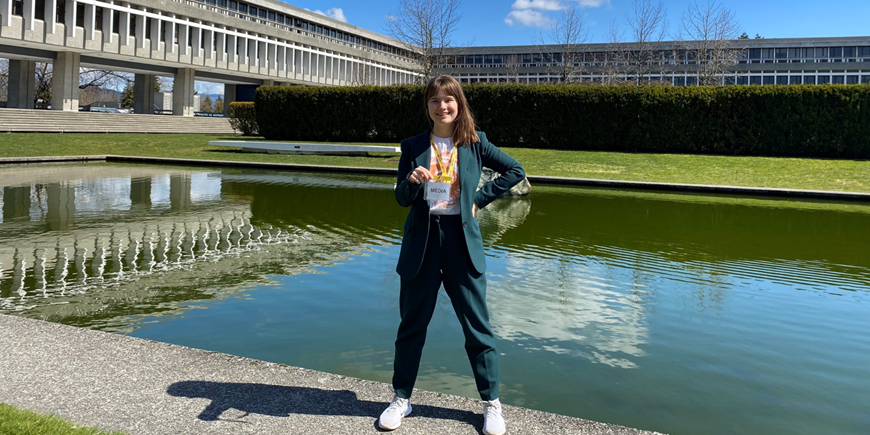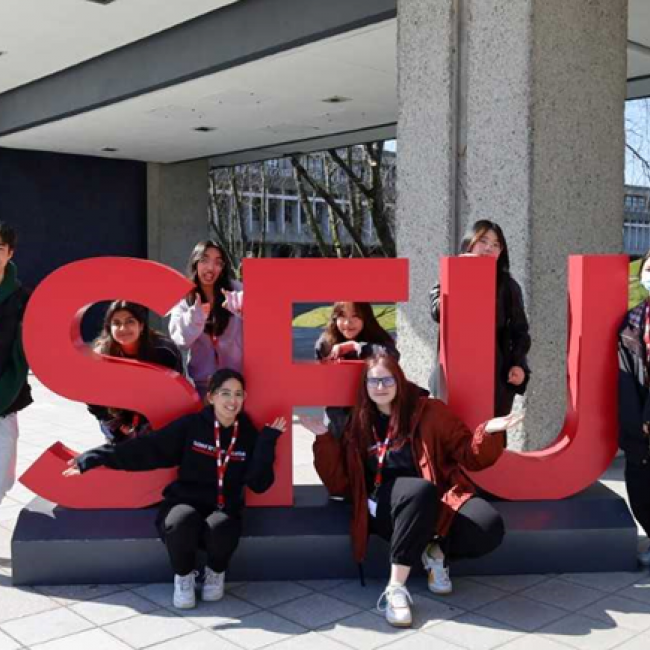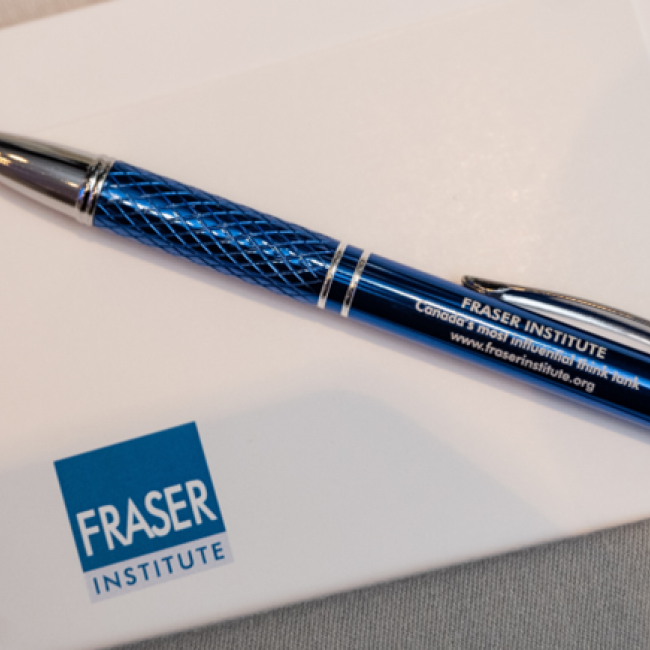
Like many Communications students, I came into the School of Communication very interested in media; both studying it and working in it. I found it harder and harder to pinpoint where I could fit into it professionally as I learned more about it. What do you do when you’re interested in media, but not sure you want to work directly in media?
I discovered media relations work when I got a chance during my first Co-op term to write a media coverage report and realized how fascinating it can be to analyze the media cycle. In my third co-op term, I am doing that work full-time as a Communications Assistant on the SFU Media Relations and Public Affairs (MRPA) team. In my role, I see media relations work being like a coin, with two distinct sides that make up the whole.
Heads: tracking the media coverage that we are getting.
As a Communications Assistant on the MRPA team, most of my work involves maintaining our record of what media coverage we are already getting. This involves monitoring social and traditional media and creating daily, weekly, and monthly reports detailing what I find about SFU and other post-secondary institutions. This could be the issues that students and community members are bringing to attention, news stories featuring SFU experts, or pieces that were initially published by our team and got picked up elsewhere. By tracking this, we can get a better sense of what sort of stories the public cares about and how we can better tailor our work to meet that.
Tails: pitching and writing stories.
By keeping an eye on the news and our coverage, the MRPA team pitches news stories that SFU professors and researchers could comment on. Depending on the topic, we may suggest that they write an opinion-editorial and we send out a media release with their information to press, or decide that we should write a story about their work for the SFU website. If I’m assigned a story to write based on a pitch, that means that I will write the ‘news’-style story that SFU will publish to share with the community at large, which journalists will sometimes read as well. The process of this is very similar to writing a journalistic news story; it involves interviews, research and then writing an article about the findings. Chances are, if you’ve seen an SFU expert in the news, it’s likely facilitated through the MRPA team.
My favourite thing about my role is that I help facilitate connecting brilliant researchers with reporters so that their work can be highlighted and shared with the public. That means that climate scientists, urban planners, sociologists, and health sciences wizzes can bring their findings to a wider audience. By doing so, we can actively shape the news to feature stories that work to make the world a more informed place. That makes this work all worth it to me.
If this sounds interesting to you, I invite you to join me on the media relations path! It’s an ever-evolving world that is fascinating, never dull, and always offering up something new. Let’s talk about it!




























